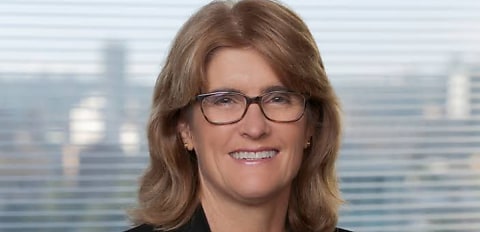Speaking during the House of Representatives standing committee today (9 February), Reserve Bank of Australia (RBA) governor Michele Bullock stated the RBA could begin cutting interest rates before inflation hits the target band of 2–3 per cent if the economy was in good shape.
In her opening statement, Ms Bullock reiterated that the central bank has forecast inflation returning to 3 per cent in 2025 and will reach the midpoint of 2.5 per cent in 2026.
“If we think monetary policy’s restrictive now, which we think it is, there’s a question [that comes about] when do we reduce restrictiveness back to neutral, and do we have to be in the band at 2.5 per cent before we think about doing that?” Ms Bullock said.
She added that while the board may consider rate cuts before the target band is achieved, it needs to be confident that it will reach that goal before removing the restrictive nature of monetary policy.
However, Ms Bullock stated that inflation still remains a major challenge for the Australian economy, despite the recent encouraging signs.
“An inflation rate with a ‘4’ in front of it is not good enough and still some way from the midpoint of our target,” she said.
“Given this, the board held the cash rate target at 4.35 per cent at its meeting earlier this week.”
In a press conference held after the February board meeting earlier this week (6 February), Ms Bullock stated the RBA has not “ruled in or out” any further rate hikes or rate cuts and that the board’s forecast for the cash rate remains as an “assumption”.
“Importantly, these forecasts are conditioned on the assumption that inflation expectations remain anchored around the midpoint of the target range,” Ms Bullock said.
“Furthermore, these are our central forecasts and there remains a great deal of uncertainty around inflation outcomes that far out.
“Even if the economy evolves along the central path, inflation will still have been outside the target range for four years.”
Mortgage repayments to continue climbing
Released on the same day as the February board meeting, the RBA’s Statement on Monetary Policy (SoMP) revealed that there has been a “significant rise” in household debt repayments since the rate hikes commenced in May 2022.
The RBA flagged that interest repayments will continue to rise as more fixed-rate mortgages continued to roll off onto higher rates, despite many believing we have reached the peak of the cash rate.
Total interest repayments have been projected to increase to approximately 8 per cent of household disposable income by the end of 2024, sitting slightly before the 2010–11 peak when the cash rate was 4.75 per cent.
“Tighter monetary policy has contributed to a noticeable slowing in the growth of demand over the past year,” the RBA stated.
“Household spending growth has been weak, and in per capita terms spending has declined. This has been only partly offset by strong growth in business investment, public sector spending and spending by international students and tourists.”
[RELATED: Mortgage repayments ‘still rising’: RBA]

